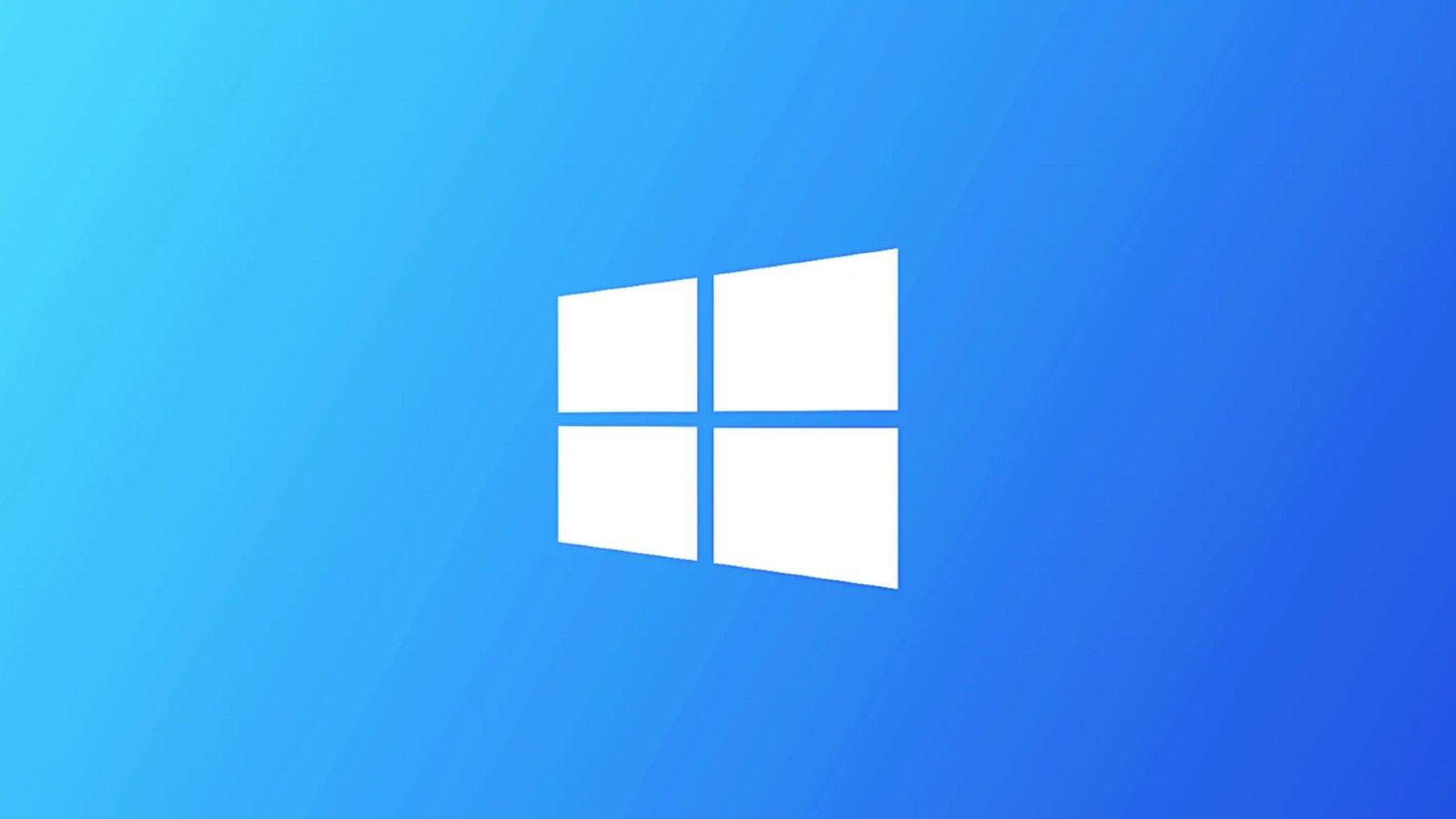Microsoft has recently released a new update for Windows 10, known as KB5051974, which has surprised many users by forcefully installing the new Microsoft Outlook app. This unexpected change has sparked widespread discussions within user communities, as it has introduced a significant shift in the email client landscape.
What is Windows 10 KB5051974?
The Windows 10 KB5051974 update is part of Microsoft’s ongoing efforts to enhance user experience and keep systems secure with updated features and applications. However, the unexpected inclusion of a new app, like the redesigned Microsoft Outlook, has caught many off guard. Let’s delve into what this means for Windows 10 users.
Introducing the New Microsoft Outlook App
Microsoft’s strategic move to push the latest version of its Outlook app is in line with its vision to modernize user interfaces and integrate cloud-based services more seamlessly. The new Outlook boasts a more streamlined design, a host of productivity features, and promises to improve user workflows with its intuitive controls. However, the sudden and automatic transition has been a point of contention.
Why This Change Has Sparked Conversations
While updates are essential for security and functionality enhancements, users often wish to have a choice in their software installations. The forced nature of this update raises questions about user control and preference, making it a hot topic among Windows 10 users and tech forums.
Key Features of the New Outlook App
The following features were highlighted as part of the new Microsoft Outlook app, which aims to revolutionize the email management experience:
- Improved User Interface: The new design is sleek and user-friendly, enabling faster navigation and accessibility.
- Enhanced Calendar and Scheduling: A better-integrated calendar feature allows users to manage appointments with ease.
- Seamless Integration with Microsoft 365: Facilitates easy sharing and communication across Microsoft 365 services.
- Intelligent Email Categorization: Automatically sorts incoming emails to prioritize important communications.
User Concerns and Reactions
The abruptness of this installation has raised valid concerns. Users worry about the impact this might have on their current setup, personal preferences, and the unforeseen consequences of having software installed without explicit consent. Moreover, users value the ability to choose their software solutions, and this approach by Microsoft challenges that autonomy.
How to Manage the New Outlook Installation
For those who found the new Outlook app incompatible with their preferences, there are a few options to consider:
- Revert to Previous Version: Users can explore system restore points to return to previous software states before the update.
- Explore Alternative Email Clients: Consider using other email applications if Outlook does not meet your expectations.
- Tweak Outlook Settings: Customize the app to better suit your needs and explore its features to determine if it can be a viable option.
Conclusion
While the Windows 10 KB5051974 update aims to enhance and modernize user experience with the new Microsoft Outlook app, it has also raised questions about user choice and software control. As technology continues to evolve, it’s crucial for companies like Microsoft to balance innovation with user autonomy. Staying informed and adaptable will be key as these updates continue to shape our digital landscapes.
For more detailed information, visit the full article on BleepingComputer.


